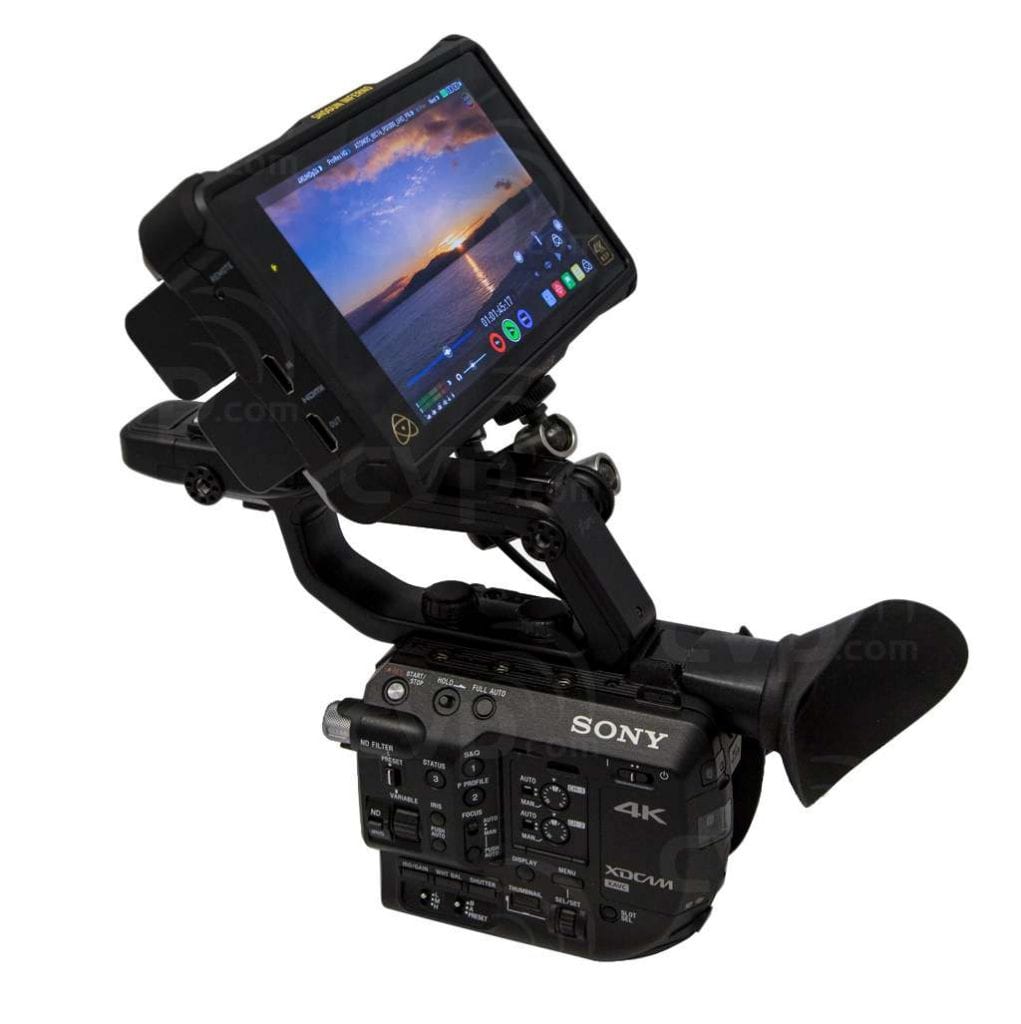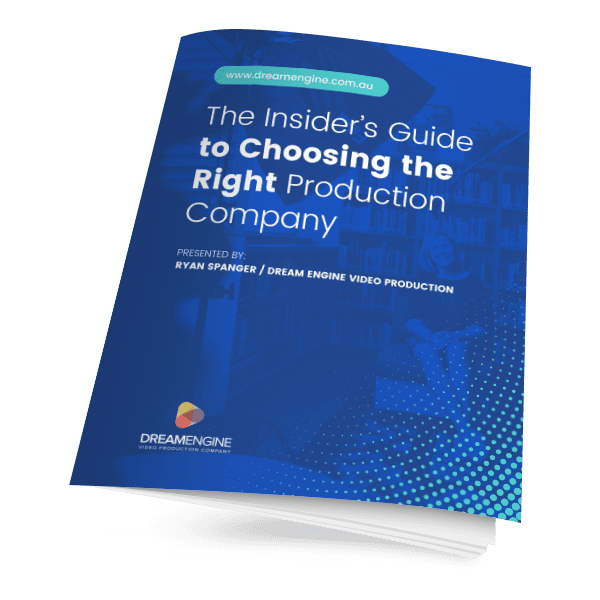When the Sony FS5 was released back in 2015, it felt like a major step forward for professional videographers. It was compact, flexible, and capable of impressive image quality. Consequently, it changed how many production companies, including ours, approached filming.
A decade later, the FS5 has been replaced by newer models in Sony’s range. However, it still earns an occasional place in our kit, for jobs such as live streaming and media training, where its reliability and versatility continue to shine.
 The Features That Made It Stand Out
The Features That Made It Stand Out
-
4K Recording: One of the first compact Sony cameras to record 4K internally to SD cards, opening up creative flexibility for reframing and cropping in post-production.
-
Mobility: Weighing under 1kg, it paired perfectly with gimbals, sliders, and jibs, allowing fast and dynamic shooting without fatigue.
-
Variable ND Filter: The electronic ND filter was a genuine innovation, allowing you to control exposure smoothly without changing your aperture or reaching for glass filters.
-
Slow Motion: Capable of up to 240fps recording (with an external recorder), it gave simple shots a cinematic edge and let us capture fine details in motion.
-
RAW Output: With a firmware upgrade and external recorder, the FS5 could output 12-bit RAW video, a rare feature for its size and price at the time.
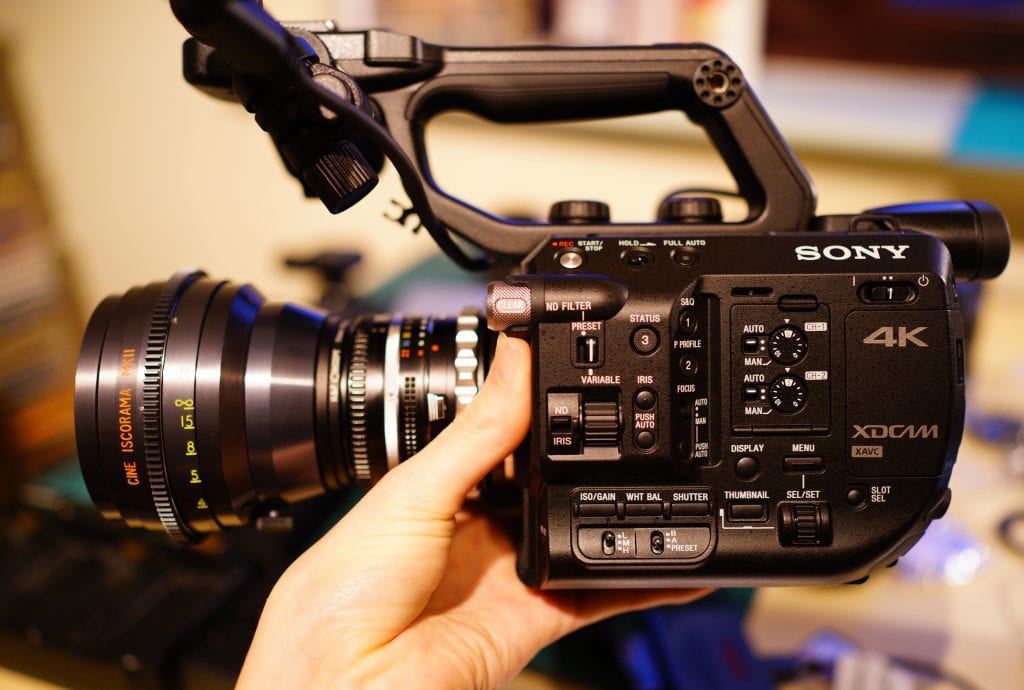
How We Use It Today
Newer Sony cameras, such as the FX3 and FX30, now handle most of our main production work at Dream Engine. However, the FS5 still has a helpful role. Its ergonomic design, built-in ND, and reliability make it ideal for multi-camera live streams and media training sessions. It also shines in other projects where flexibility matters more than the latest specs.
Final Thoughts
The Sony FS5 helped shape a generation of professional video cameras. It bridged the gap between large production rigs and lightweight filmmaking tools. Even today, it continues to deliver consistent results and stands as a reminder of how good design and thoughtful engineering can last well beyond a product cycle.
FAQs
Is the Sony FS5 still a viable option today?
Yes. While newer cameras have replaced it for most main shoots, the FS5 remains a reliable choice. It is perfect for live streaming, media training, and other corporate applications that benefit from its compact size and flexibility.
Can the Sony FS5 record in 4K?
Yes. The FS5 records 4K internally to SD cards and can output 12-bit RAW 4K to an external recorder.
What makes the FS5 different from newer Sony cameras like the FX3?
The FX3 offers better low-light performance and autofocus. However, the FS5 still has unique features such as its variable electronic ND filter and modular design. These make it useful for specific production setups.
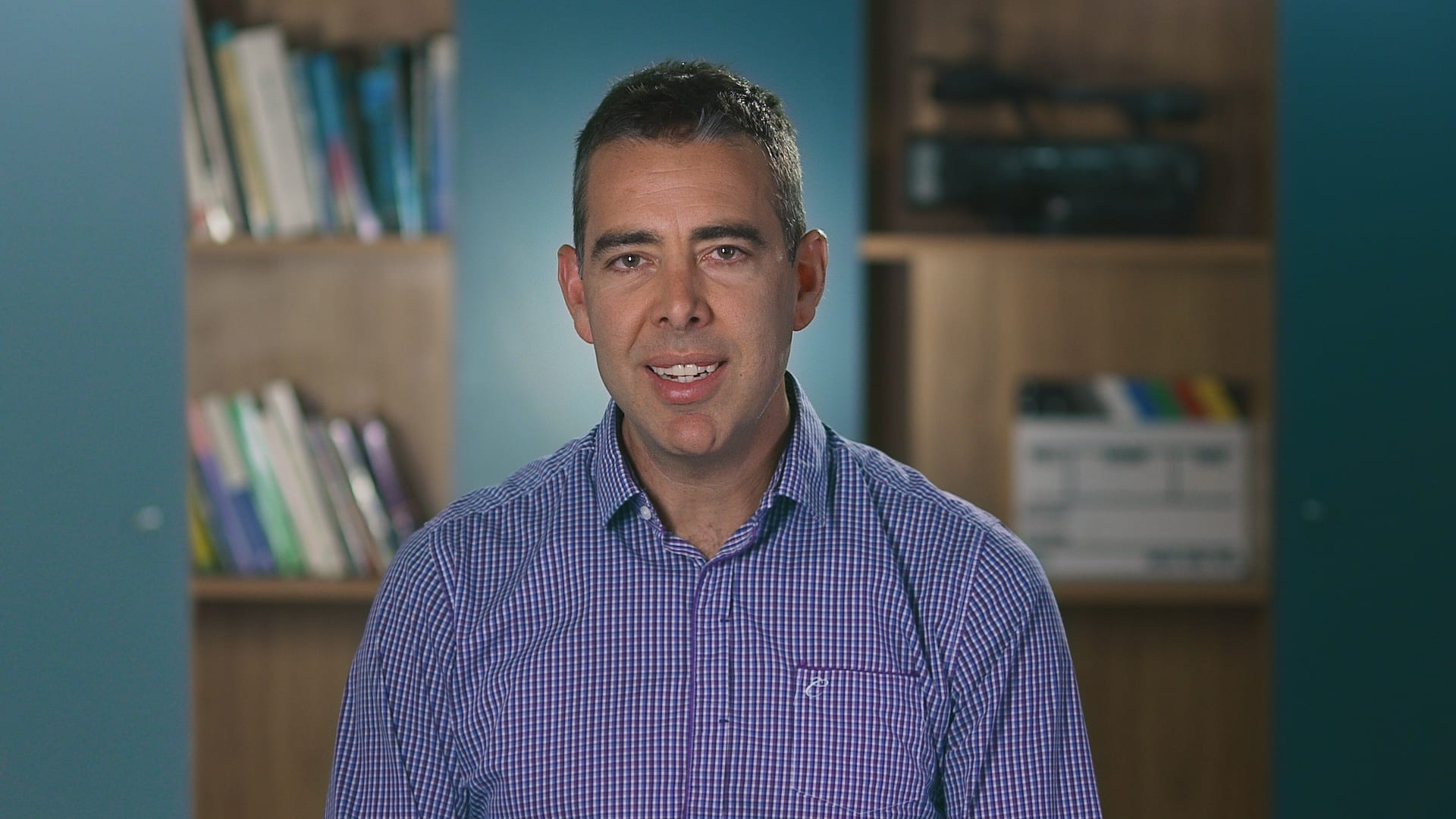
Ryan Spanger is the founder and managing director of Dream Engine, a Melbourne-based video production company established in 2002. With more than two decades of experience, Ryan has helped leading Australian businesses, government departments, and non-profits communicate their message with clarity and impact through video. He’s known for his strategic approach, reliable process, and commitment to producing videos that deliver measurable results.
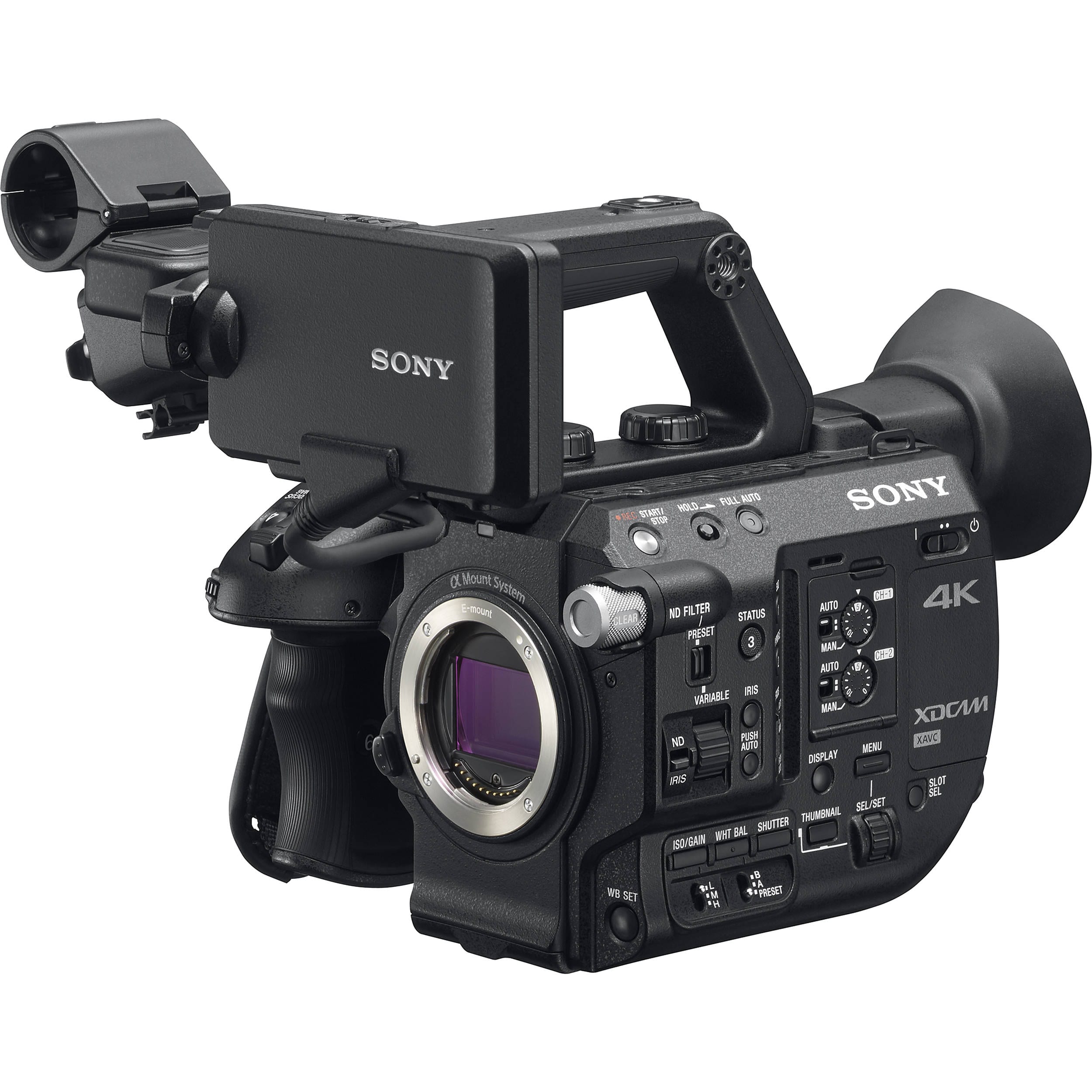
 The Features That Made It Stand Out
The Features That Made It Stand Out